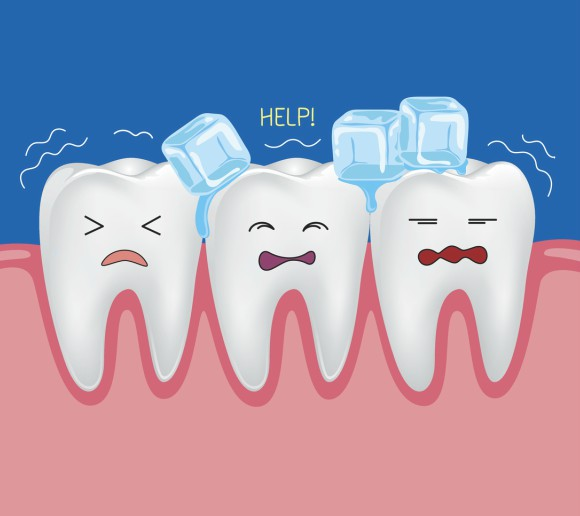Is Tooth Cavity Filling Painful

The prospect of getting a tooth cavity filled can be daunting, especially when it comes to the potential for pain. The good news is that with modern dentistry, the process of filling a tooth cavity is relatively straightforward and can be done with minimal discomfort. However, the level of pain associated with a tooth cavity filling can vary depending on several factors, including the size and location of the cavity, the type of filling material used, and the individual’s pain threshold.
To understand why a tooth cavity filling might be painful, let’s first consider what a cavity is. A cavity, also known as tooth decay, occurs when bacteria in the mouth break down the enamel of the tooth, creating a small hole or pit. If left untreated, the cavity can progress, potentially leading to more severe problems, such as infection or the need for more extensive dental work like a crown or even extraction.
When a dentist fills a cavity, they first need to remove the decayed portion of the tooth. This is typically done using a drill, which can cause some discomfort, especially if the decay is close to the nerve. After the decay is removed, the dentist will clean the area and prepare it for the filling material. The filling material, which can be made of various substances like amalgam, composite resin, or gold, is then applied to the tooth and shaped to fit the tooth’s natural contours.
The pain associated with getting a cavity filled usually comes from two main sources: the injection of local anesthesia and the actual drilling process. The local anesthesia is used to numb the area around the tooth, ensuring that the patient does not feel significant pain during the procedure. While the injection itself can be slightly painful, it’s a quick pinch, and the numbing effect takes hold rapidly.
The drilling part of the procedure can cause some vibration and pressure sensations, which some people might find uncomfortable. However, with the use of modern dental drills and techniques, these sensations are typically minimal. Moreover, the dentist will often take breaks during the drilling process to check on the patient’s comfort level and to ensure that the area remains numb.
It’s worth noting that not all cavity fillings are created equal in terms of potential pain. For example, fillings that are closer to the nerve or those that require more extensive removal of decay might be more likely to cause discomfort. Additionally, some individuals may have a lower pain threshold or anxiety related to dental procedures, which can affect their perception of pain.
To minimize discomfort during a cavity filling, dentists often employ various techniques, such as using topical anesthetics before injecting the local anesthetic, providing breaks during the procedure, and ensuring that the area is adequately numb before starting. After the filling, some patients may experience sensitivity, which can be managed with over-the-counter pain relievers or desensitizing toothpaste.
In conclusion, while getting a tooth cavity filled can involve some level of discomfort, particularly from the injection and drilling, the procedure is generally manageable with modern dental techniques and anesthesia. If you’re concerned about the pain associated with a cavity filling, discussing your fears and concerns with your dentist can help. They can provide personalized advice and take steps to ensure your comfort throughout the procedure.
How to Prepare for a Cavity Filling
Preparing for a cavity filling can help minimize anxiety and make the process smoother. Here are a few tips:
Discuss Your Concerns with Your Dentist: Before the procedure, talk to your dentist about your fears and any previous experiences that may have led to your concerns. They can offer valuable insights and strategies to make you more comfortable.
Understand the Procedure: Knowing what to expect can reduce anxiety. Your dentist can walk you through the steps involved in the cavity filling process.
Plan for Recovery: While most people can return to their normal activities immediately after a filling, you might want to plan for some downtime, especially if you’re concerned about potential sensitivity or discomfort.
Use Relaxation Techniques: Deep breathing, visualization, or listening to music can help reduce anxiety during the procedure. Discuss these options with your dentist, as they may have specific recommendations or accommodations.
Ask About Sedation Dentistry: For individuals with high anxiety, sedation dentistry may be an option. This can range from minimal sedation (you’re awake but relaxed) to general anesthesia (you’re completely unconscious). However, sedation is typically reserved for more complex procedures or individuals with extreme dental anxiety.
By understanding the process of a tooth cavity filling and taking proactive steps to manage anxiety and discomfort, you can make the experience less daunting and ensure your dental health remains on track.
For individuals with dental anxiety, the key to a successful and relatively pain-free cavity filling experience is open communication with their dentist. By discussing concerns, understanding the procedure, and utilizing relaxation techniques or sedation dentistry when necessary, patients can ensure their comfort and receive the dental care they need to maintain good oral health.
FAQs
How long does a typical cavity filling procedure take?
+The duration of a cavity filling procedure can vary, but on average, it takes about 15 to 60 minutes, depending on the size of the cavity, its location, and the type of filling material used.
Is it possible to have a cavity filled without anesthesia?
+While it's technically possible to fill a cavity without anesthesia, it's not recommended, especially if the decay is deep or close to the nerve. Anesthesia helps ensure that the patient does not feel pain during the procedure, making it a more comfortable experience.
How soon can I eat after getting a cavity filled?
+It's generally recommended to wait until the numbness from the anesthesia has worn off before eating. This is to prevent accidental biting of the tongue or cheek. Additionally, for the first few hours, it's best to stick to soft foods to avoid disturbing the filling or putting undue pressure on the tooth.
By addressing the potential pain associated with tooth cavity fillings and understanding the steps you can take to minimize discomfort, you can take a proactive approach to maintaining your oral health with confidence. Regular dental check-ups and good oral hygiene practices can prevent cavities, but when fillings are necessary, knowing what to expect can make all the difference.


